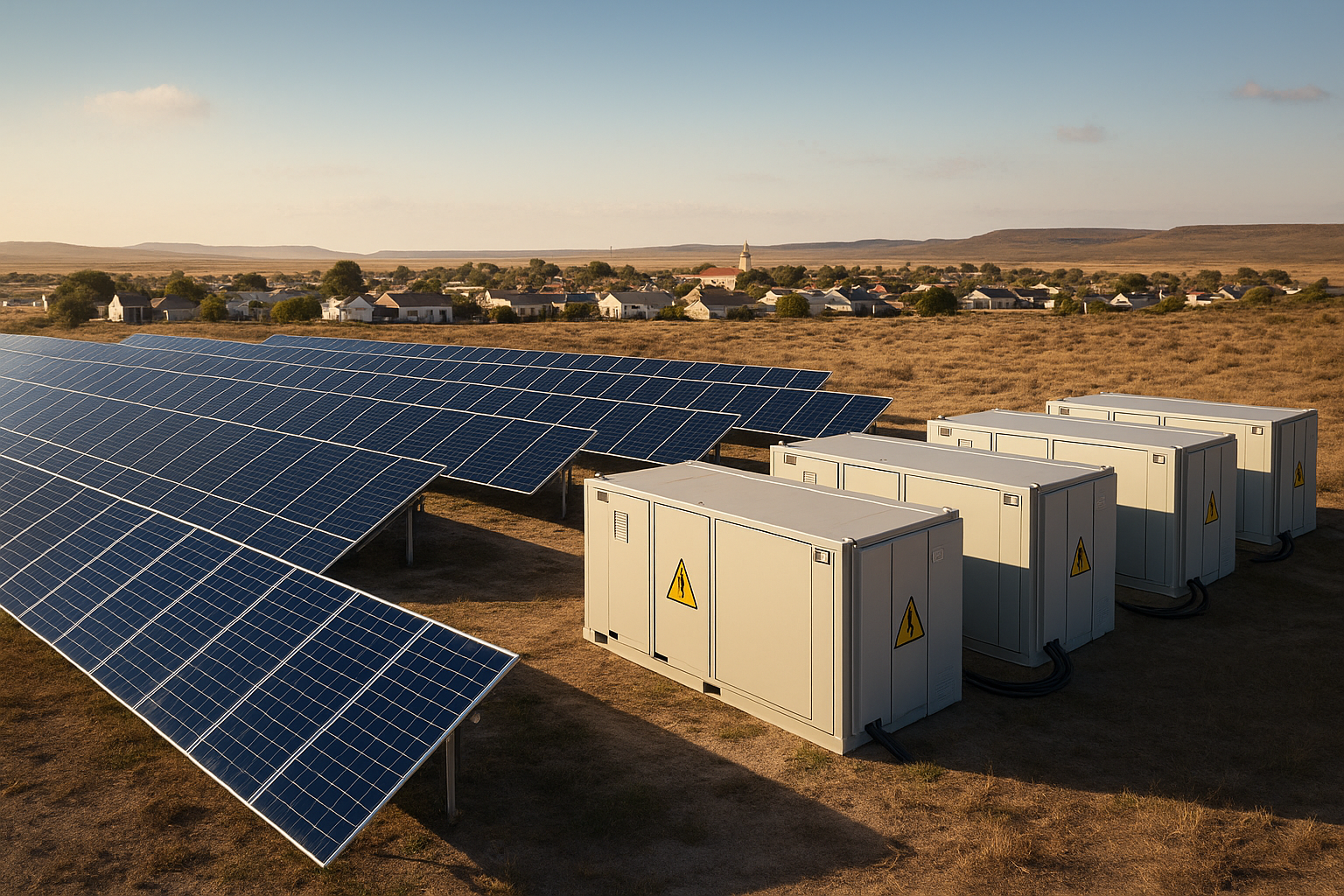HOPEFIELD SOLAR PROJECT
By CCN Newsroom
HOPEFIELD:- A controversial plan to build one of the world’s largest solar farms just outside the quiet West Coast town of Hopefield.
The plans has raised alarm bells among residents, many of whom only recently discovered the true scale of the project.
At a recent town meeting, ironically held without the presence of the actual developers, community members expressed deep concern about the lack of transparency, the environmental and health risks, and the apparent failure by local leadership to involve or inform the people.
A FARM BOUGHT YEARS AGO _ QUESTIONS RISE
One of the key properties targeted for the project, Portegeesfontein, was reportedly purchased several years ago by a foreign company believed to be American. This raises serious questions: how long have plans been underway?
Why was the community left in the dark?
Despite these developments, no official environmental or planning approvals have yet been granted. Yet construction discussions continue.
WHY BUILD NEAR A TOWN?
In most countries, mega solar farms are constructed far from residential areas:
Benban Solar Park (Egypt) – 40 km from the nearest town, deep in the desert.
Dhirubhai Ambani Solar Park (India) _ Located in the Thar Desert, far from villages.
Namibia’s Desert Solar Plant, is Built far away from populated areas, on the coastal desert.
Golmud CPV Plant (China) _ On the isolated Tibetan Plateau.
Even in South Africa, the Touwsrivier CPV Project is 13 km outside town.
Why is Hopefield, the hottest town on the West Coast, being targeted with a battery facility this close to homes?
THE DANGERS OF LITHIUM BATTERIES
Massive lithium-ion battery storage facilities are planned as part of the project. These systems come with real risks:
Thermal runaway reactions can cause explosions or fires.
In January 2025,ba family in Van der Bijl Park suffered serious injuries when a home battery exploded.
In the United States, towns like Raquette Lake, New York, have placed moratoriums on battery facilities due to fire hazards and toxic smoke.
If something goes wrong in Hopefield, where water is already scarce and fire response may be slow, the entire town could be at risk.
WATER USAGE & ENVIRONMENTAL IMPACT
Solar projects use millions of litres of water for –
Dust suppression
Cooling systems
Concrete mixing during construction.
In a drought-prone area like Hopefield, where clean water is already limited, this raises concerns for local farmers and households. Where will the water come from, and what will happen to the town’s supply?
WHO BENEFITS?
Perhaps the biggest concern – Hopefield might not even receive any of the electricity.
Eskom may not benefit.
Local residents will likely not benefit.
Jobs?
Mostly temporary construction work, with little clarity on whether locals will be hired.
So who does benefit?
It seems only the investors and developers stand to gain, while the community carries the risk.
WHERE IS LOCAL LEADERSHIP?
Hopefield’s municipal councillor has remained silent. In times of uncertainty and potential danger, it is the duty of local leaders to keep residents informed and safe. Why are they missing from the conversation?
FINAL THOUGHT
Hopefield residents deserve the truth and a seat at the table. This project is not just about clean energy. It’s about land, water, safety, and power, not just electricity, but the power to decide the future of a community.




